
LBB’s Hottest Takes of 2021

We’re coming up to the Two Year Anniversary of Covid-19, and it’s fair to say that with the all of the change and disruption both within the industry and the wider world, it’s shaken loose a lot of opinions and questions about the status quo and given people a pause to re-examine priorities. Funny how a global pandemic can do that. And throughout the year we’ve had no shortage of laser-sharp insights, punchy questions and sizzling takes.
So what were some of the big topics and hottest takes on Little Black Book in 2021? Let’s find out…
John Hegarty on the Lost Art of Persuasion

In one of the most popular interviews of the year, Sir John Hegarty examined the creepiness that has pervaded modern advertising. Between the overly-interested data grab and the insistence of turning up everywhere, it’s no wonder people can feel bombarded and harassed. Advertising has become a stalker - rather than a seducer.
“What we've become obsessed with over the last 20 years is promotion. Virtually all social media is promotion: promote, promote, promote, promote. They've given up on persuasion: I have to persuade you that this is a great brand. There's a great line: a brand is made not just by the people who buy it, but also by the people who know about it. That is so important, and we've forgotten that lesson. Take Rolls Royce. I'm sure neither you or I will ever buy a Rolls Royce. But we know who they are. We know what they stand for. We know what values they have. Therefore, it adds to their value and their desirability. We've forgotten that.
“Just as we, as creative people, have forgotten to look back at the history of advertising, I think marketing people today have forgotten how to build a great brand. And somehow, we're going to have to get back to that.”
Eunice Tan on Crazy Rich Asians and Pan Asian Homogenity
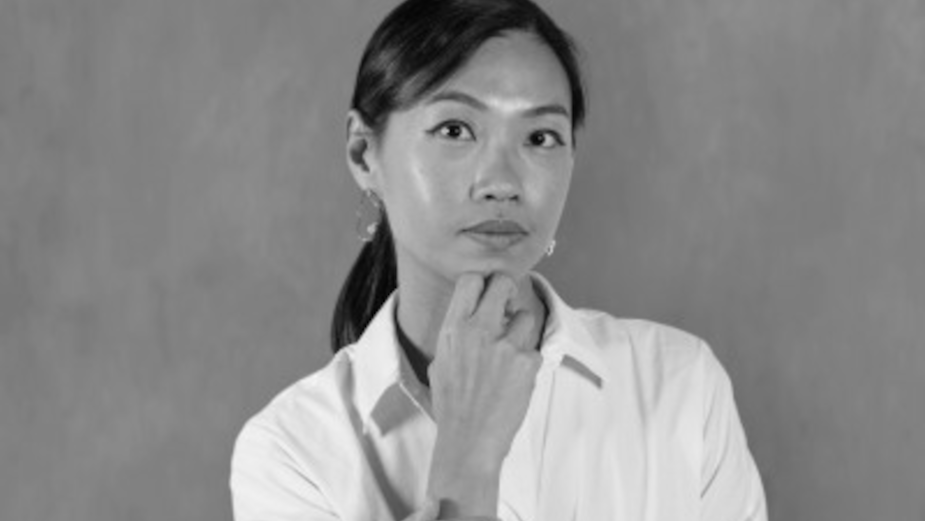
When it comes to representation across Southeast Asia, many brands have shied away from depicting the true diversity of the region, instead gravitating towards a kind of bland, pale ‘Pan Asianism’. It’s homogenous and speaks to the Western aspirations of the rising middle class - but fails to reflect the reality. Eunice Tan, managing partner of Junk Desk, The Secret Little Agency’s Cultural Bureau dismantled the homogeneity of Crazy Rich Asians.
“This region is seeing a seismic shift in human migration. As Southeast Asia develops, a rising class of young, empowered individuals are moving across cities and countries to gain better life and work experiences. Over the past decade, we’ve seen workplaces getting younger and more diverse. A confluence of backgrounds, life experiences and ideas are perfect ingredients for making interesting work, because the simple fact is that interesting people make for interesting work.
As a new generation of Southeast Asian talent enters the workforce across both agencies and client organisations, we need to ask, “Will they be proud of the stories we tell?” What will they say when asked about the talent we cast, the scripts we write and the mediums we use? How does this shape the culture we want to build and leave behind for the new creative class? Instead of making work that makes us proud, it’s time we start creating work that makes our children proud.”
Peter Ampe on Neurodiversity
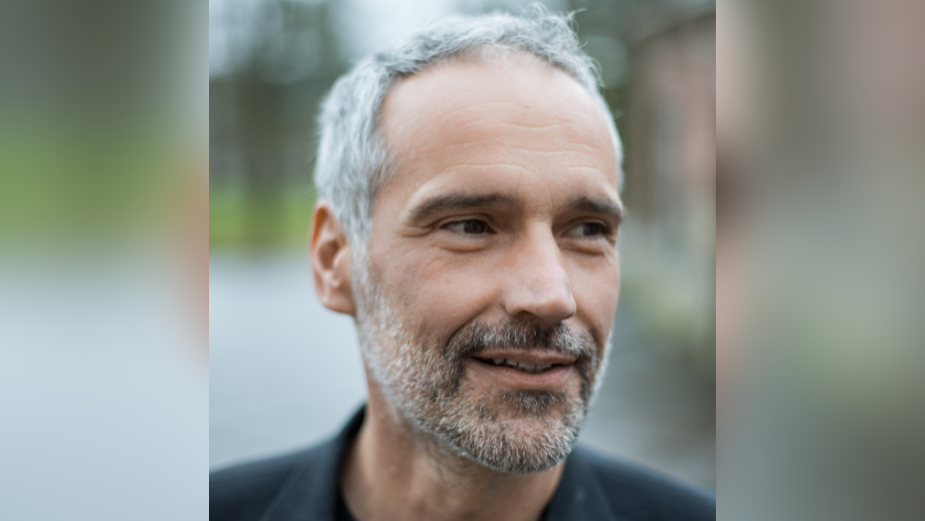
Famous Grey’s Peter Ampe opened up about the challenges he’s faced as someone with autism and ADHD navigating a highly social industry where easy-breezy networking skills can be taken for granted and alienate neurodiverse people as they move through their career.
“I remember my first global council. Everyone patted each other on the shoulders and called each other ‘my friend’ or ‘amigo’. It gave me a giant brain freeze. I’m not a natural socialiser; in fact, as someone with Asperger Syndrome it’s something I’ve long had to figure out on my own. When it comes to unleashing the potential of neurodiverse talent - and make no mistake this potential is enormous - should agencies take a more proactive, inclusive approach?”
Amitabh Bhattacharya on Religion in Indian Advertising

Religion is one of those topics that we’re advised to avoid in the interest of politeness - but Amitabh Bhattacharya at Never Ending Story has no such qualms. His examination of the way various brands tackled religion in advertising was scathing of what he sees as shallow thinking and irresponsibility.
‘When rooted in a genuine sense of purpose and responsibility, brands can of course use their platforms for the greater good. But we see just as many advertisers leaping onto contentious topics or causes that they don’t really care about. We’ve seen it with polluters using marketing to greenwash their image, or with companies that don’t promote or support their women employees jumping onto the female empowerment bandwagon. And now religious division and conflict is stoked to generate PR buzz and commercial advantage. Whether it’s cynical and disingenuous or simply self-delusion, I don’t know. But what I do know is that it behoves the industry to be mindful, empathetic and most importantly, sensitive.”
Mia Powell on Tokenism vs. Authenticity

For a few moments in 2020 it looked like advertising was going to change how it represents and works with Black people, but as 2021 rolled along, change-makers found themselves pushing against inertia and the industry’s tendency to flit from one issue to the next. Mia Powell, who has recently joined Steve McQueen’s Lammas Park and previously worked at Prettybird and RSA, digs into the battle for authenticity in the face of tokenism and commodification of Black culture.
“We all (I hope) took a moment to think about our positioning in this world, our relationship to one another and our allyships with the Black (queer and trans+) communities. We were galvanised to change the industry, “powerful” statements were upchucked onto socials and pledges were signed in order to really act on the inequality and lack of representation. Really though, if we're honest - all that was actually happening was agencies and brands were having a total freak out.
“For a few moments adland went from really fucking bleak, for many of us, to then spotting a faint hopeful light at the end of the tunnel. But then as you take a few timid, but trusting steps towards the light, you plummet down a hole of “unconscious bias” meetings and come out the other end feeling on edge and even more anxious that you are, actually, a secret racist. It’s fascinating how we as a society can fully accept WAP as a cultural moment but a Sainsbury’s Christmas spot singing about gravy is just way too taboo. This in itself feeds into the automatic patterns of bias where certain images of Black people are allowed and some aren’t.
“Call me cynical, but corporate entities trying to get their “houses” in order by shouting from the rooftops “we need a Black director” is not actually a healthy way to go about addressing the issue. Cue the influx of Black content from brands struggling to find a message that says “we’re here for you too”. I find it problematic for a number of reasons: it fetishises Black culture and becomes a fad, instead of a behavioural shift to become more inclusive.”
Szymon Gruszecki on Getting Sick and Underestimating Covid

Out of the squillions of Covid-19 think pieces, this interview with Szymon Gruszecki at Graffitti Films in Warsaw is perhaps the only time we saw someone really enter the heart of darkness and talk about the real, human impact of Covid-19. Not as a business problem to be solved or a talent issue or strategic challenge - as a debilitating illness. Here he speaks about what happened when ten of the Graffiti team was knocked flat by the virus, and what he’s learned as a leader from the experience and why we need to stop people feeling like they need to rush back to work.
“In Warsaw, the majority of the workforce is made up of people who come from outside, so they don't have any family support. They come, rent an apartment to get a good job, good pay, but they don't have their mother or father or family around. So, there's a bunch of people who are struggling alone and they can't get any support.
“They're not going to go to their boss and say they can't sleep because they're going to feel less useful to the company. When people are working online and they get sick, there's no way to connect to your employees in a way that you would feel that there's something wrong with them. There's a tendency that people, especially in hard times, are trying to be braver and tougher and stay useful. So people are not really saying what's going on with them. And if they're experiencing trouble or problems but not willing to share with anybody, that's a pretty dangerous situation. You're going to have people who are fighting depression or an ongoing heart problem or breathing problem, and they're not letting anybody know that they need help.
“This is an international problem. People staying at home, getting sick and trying to pretend that everything is OK. It's hard to admit that there's something bad going on and take care of it.”
Kate Morrison on the Pain of Remote Editing
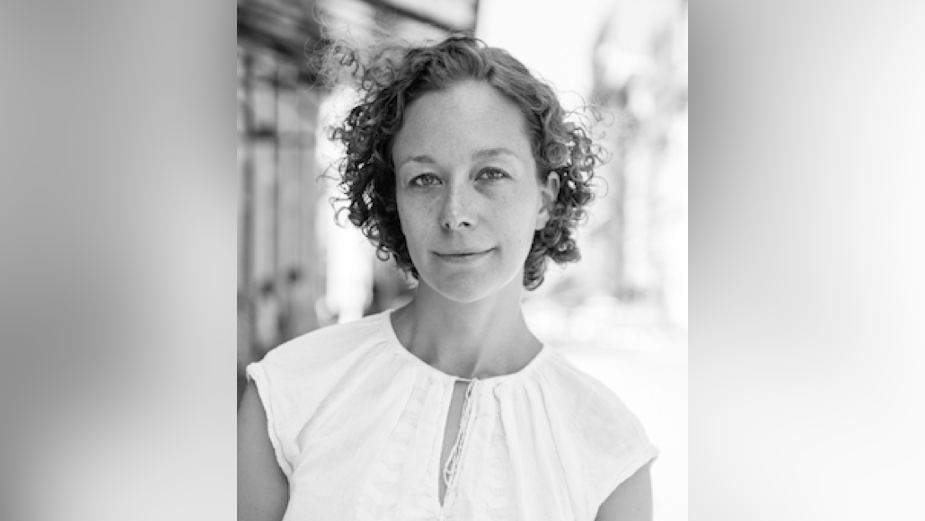
Getting shit done while stuck at home has required producers to grit their teeth and force optimism in sub-optimal conditions. And, as a whole, the industry has made remarkable leaps in remote production since the pandemic struck. But we really appreciated 72andSunny’s Kate Morrison opening up and getting real about what the challenges. And from her perspective, while many elements of production can relatively easily be carried out remotely, editing remotely remains an enormous pain point.
“When everything's going fine on set it's actually amazing how well it works to be remote but, for example, when an angle isn't working and you can't quite see what's there and figure out how to push it that extra way, that's a tough part of it. I thought a remote shoot would be something that's pretty loathsome and difficult but with the right prep, remote shoots work pretty well. But something that surprised me was that I find remote editing to be actually surprisingly painful. With editing it's like, let's go down this way, let's see what happens if we go here, what if we do this? I've found that our teams would almost rather get back in there to help noodle things as a priority, which I wouldn't have expected a year ago.
“Some of the software works in terms of watching the real time edit, but again it's the creative problem solving of 'what if'. I think that our creative teams get very in the weeds with editors on that process, and it's been harder to forge that remotely. You're sort of trying to cobble pieces together, saying things like "we like this from 1C and this from 2A” and it becomes a bit more of a Frankenstein process than I would have expected. With editing you might think that it requires less from a physical sense than a shoot might, yet somehow weirdly it almost doesn't translate as easily to being remote.”
Harjot Singh on Letting Your Light Shine

We’d love to see McCann’s global CSO try his hand at some sort of Joan Didion-esque memoir because his columns have been utterly life-affirming, raw, vulnerable and poetic. Inspired by the spirit of Pride season, his exhortation to protect and celebrate one’s uniqueness is something that’s always worth a re-read if you’re feeling a bit lost or out of place. “Don’t Dim Your Light, They Can Put Shades on” he says.
“Every time you have a crisis of confidence, thinking about your sense of place in this business, you need to understand that this is not a business made up of algorithms or concrete and bricks and mortar. This business is made up of what people do and think. There are people behind the business, there are people behind the brand, people behind the campaign, behind the idea. Nothing is a result of some inanimate object.
“So if everything's made by people, and you're a person too, you have just as much right to be part of that narrative as anybody else does. Don't hold yourself back, don't assume that you don't have the right to play. You have to get in the game and own it. You have something to offer. You are valid. You belong here. Do not tell yourself stories that are not true.”
Jimmy Smith on the Industry's Uncreative Approach to Creative Talent

Speaking on an LBB and Great Guns panel discussion about leadership and talent, the legendary creative and Amusement Park Entertainment founder says outdated models and archaic approach to defining what creativity is, is stopping adland from reaching the ‘dopest’ talent on the planet.
“I remembered what Pee Wee Kirkland said - he was a street basketball legend and drug kingpin from the 70s - he said: ‘The only difference between me and the Rockefeller kid is the Rockefeller kid was born into the Rockefeller family and I was born in Harlem.
“So when I visualised that and saw the contrast between Crenshaw and Harvard-WestLake, I was like man, if we could tap into the talent that’s in those neighbourhoods [where] there are millions of kids getting left behind, there might be the cure for coronavirus and we don’t know it because we just throw them away, throw them in prison - especially folks of colour - so part of what we do [at Amusement Park Entertainment] is working with folks who don’t have the opportunities everyone else had.
“In this industry, if you don’t go through the proper protocols and gain the right credentials, they don’t know what to do with you… It’s weird given the fact we’re supposed to be creatives.”
Lauren Haberfield on the Resilience Trap

When it comes to women in the workplace, we should be well versed in the various language traps that lay in wait in terms of gendered expectations. BETC Paris’s Lauren Haberfield examines a deviously toxic badge of honour that sees women feel they have to downplay genuine challenges, tamp them down and struggle onwards in the hope of appearing tough and virtuously silent.
“We are proud to be resilient. We wear the word like a badge of honour. It has become a trait for women to aspire to. Books and articles (from myself included) have been written about the value of resilience. When I was selected for the Cannes Lions ‘See It Be It’ programme in 2018, the theme was... you guessed it... resilience.
“We’ve all drunk from the resilience Kool-Aid. And it tasted so good. Finally there was something positive to come out of so much struggle. All that inequality hadn’t been for nothing, it was to build this invaluable trait that would make us better people, creatives and leaders. Resilience in itself is an incredible thing. To be resilient is to be strong, to get up when you’ve been knocked down, to keep showing up and hustling day in and day out, no matter how hard it gets.
“Which leads me to question… if resilience is so amazing, why is it only for women?”
Sir Martin Sorrell and Wesley Ter Haar on Tombs for Talent
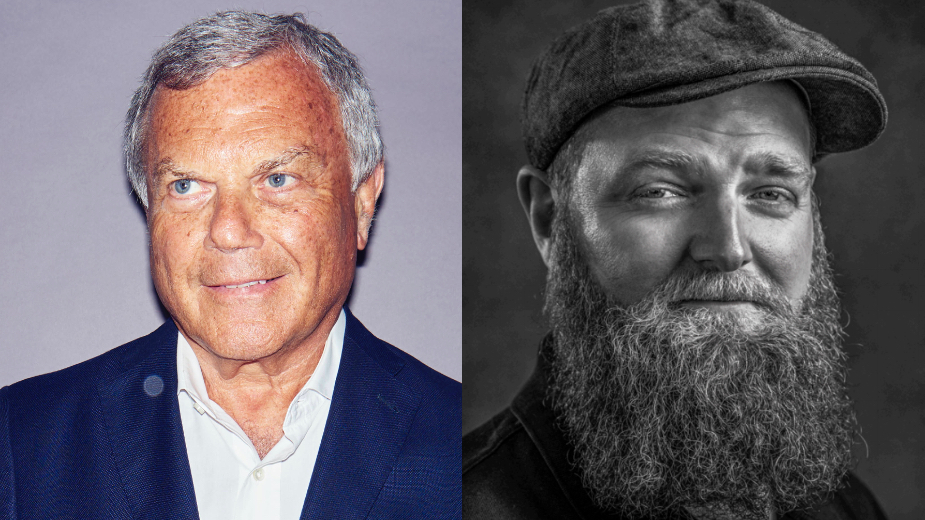
2021 saw a rebrand for Media.Monks and continued, out-paced growth. One of the keys to their success, reckon Sir Martin and Wesley is a fluid approach to talent and a ruthless approach to stodgy hierarchies that they reckon are weighing traditional agencies down and creating needless overheads.
“I think clients are clearly indicating to us and moaning about the amount of overhead that they had to pay and which they see loaded into the fees. They’re also concerned about the complexity of the traditional model. What you’ve heard from Wes’s answer was that we’re trying to simplify it… We’re trying to simplify the structure and process.”
“The competition has become too heady… it’s rather like the civil service. The bureaucracy that they’re building up is huge and clients have to pay for it and they don’t get yield.”
Hannah Hayes-Westall on Joyful Sex and Why the Industry Needs to Pay Attention

In our art and advertising column, MullenLowe’s strategy director Hannah Hayes-Westall noted that in the worlds of art, fashion and pop culture there’s been a rise in giddy, playful and joyful sexiness. The discourse around emotion in advertising has given rise to a sentimental earnestness as brands try to make us cry. Hannah reckons they need to look to the spicier end of the emotional spectrum, particularly after two years of Covid-19 when we’re all feeling a bit flipping bored.
“The argument for the creation of emotionally charged advertising work is one that was long ago won, but in creating emotional work we so often focus on the sentimental, the maternal, the soft.
“Decision making theorists from Kahneman and Tversky to Damasio and Thaler all propose versions of the idea that when we are overwhelmed by the volume of thinking needed to survive we fall back on our most basic instincts. Yet if, in these exhausting times we are drawn to expressions of self that reflect the relief of finding respite in joy with another, why wouldn’t advertising reflect that need? Perhaps, to connect with tired people in this tiring moment, the most humane response might need us to think more literally, to lift the burden and reflect the uplifting simplicity of our most basic needs; shelter, joy, and yes, sexy times.”
Mel Arrow on Performative Polarisation and Pineapple on Pizza

You know that ‘clunk-click-ping!’ moment when you stumble upon a perfectly distilled phrase that just perfectly expresses something you’ve been struggling to put into words? That was me when BMB’s head of strategy came to us with a piece all about ‘performative polarisation’. Using the most empty and facile of fake debates - pineapple on pizza, yay or nay? - Mel delves into a phenomenon that says so much about life in 2021 and lands on some surprising insights.
“Mask on, mask off. Remain, leave. Polarisation is a central tenet of today’s politicised society. But this article isn’t about politics. No no. It’s not about the kind of polarisation we read about on front pages, that shapes society in big and meaningful ways. Oh no no no. It’s about a specific genre of polarisation that’s discussed passionately every single day, across every corner of the internet, even though the people involved in it don’t actually care all that much about it. These are low stakes disagreements that everyone can get involved in. What The Economist calls ‘performative polarisation’. Arguments for the sake of arguments. Arguments because you happen to have the platform, time and inclination. And the queen of all performative polarisation debates? The longstanding argument about the merits of putting pineapple on pizza.”
Mick Mahoney and Kevin Chesters on Creativity for Everyone
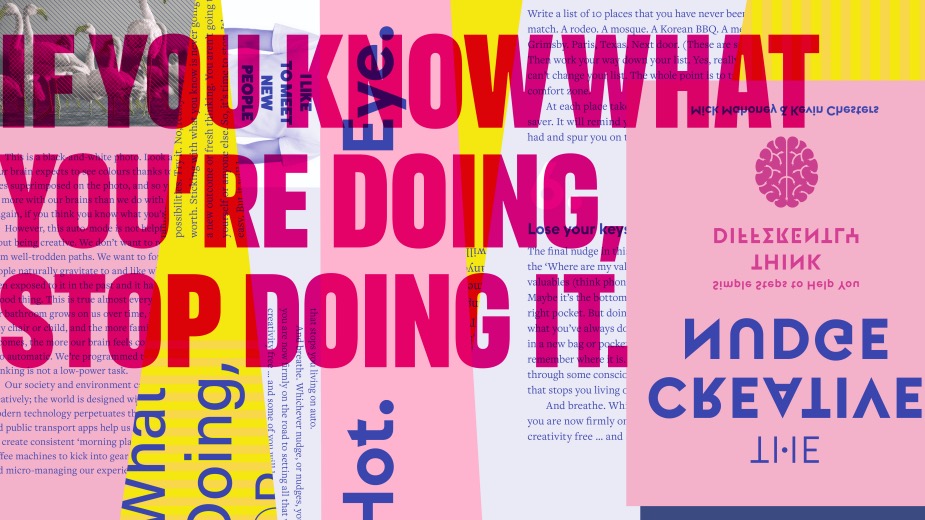
In the advertising industry, creativity has grown to become thought of as this secret, sacred, cloistered thing, available to only a precious few anointed talents. But Harbour Collective’s Mick Mahoney and Kevin Chesters are keen to encourage everyone to engage with creativity and are using insights from the world of behavioural science. The pandemic has encouraged people to try new things and explore their creative side - and they think it’s really important to nurture that.
“Someone said to me, ‘isn't this a dreadful time to bring this book out, because hasn't everybody been sitting there, with their brains atrophying?’ And my answer was, ‘I don't think we could be further from the truth’. Over the first lockdown, the Open University saw a 622% increase in signups for creative courses, the most popular of which was creative writing. 50% of women in this country took up a new craft hobby during the first lockdown. I think, because we were ripped immediately, violently and involuntarily away from our normal overnight, suddenly we're making sourdough and gardening and all this shit. Now that we're coming out of Covid, I think the challenge is not to get people to think creatively. I think it's to protect it and nurture it and continue it.”
Thomas Knüwer on Why Great Creatives Aren’t Automatically Great Leaders
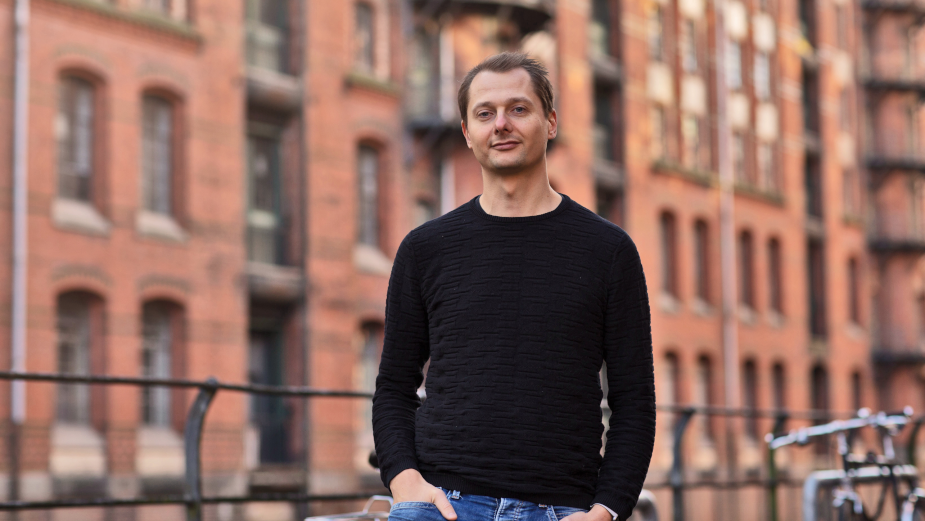
Kolle Rebbe’s creative MD gets to the heart of an issue that’s long been a problem in the industry and which is one of the unacknowledged drivers of the current talent crisis.
“I think we should train people more. Exactly what you just said, 'You're not a creative anymore. You're now a leader.' We don't train for it, but my natural career progression is from art director to creative director and I just became more senior. That's bullshit because the job profile completely changes when you change roles. At first, your ideas are awesome, and then you have to make other people's ideas awesome. That's a huge shift because a lot of people are trained to have ideas for themselves and are also trained to be a little bit narcissistic in a sometimes negative, sometimes positive way, but you want to fight for your ideas, right? They are your babies and you want them to survive. Then your job is to be more of a caretaker for the ideas of others. I think we suck at that training in the industry.
“Not every good creative is a good creative director. Some people should just stay being a creative. They may be a brilliant copywriter, a brilliant art director, but really shitty at leading people and not the best communicators or not the best with conflict. I think we as an industry need to be more vocal in saying, ‘OK, you're awesome in what you're doing creatively and you should be more senior in that, but we don't see you as a leader'. I've seen so many people quitting or really getting sick because of people who didn't know how to lead but were brilliant creatives. That's why in our agency, at the beginning of this year, we established a distinction between creative director and creative principal.”
Rob Shepardson asks Can CEOs Save Us?
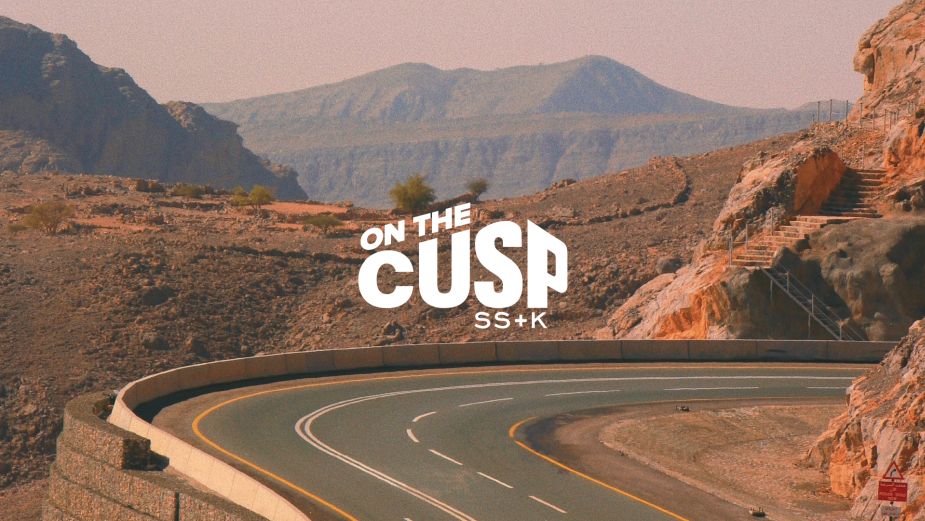
Politicians' infighting is holding up meaningful change - Rob Shepardson, co-founder and partner of SS+K, and Jeff Shesol, co-founder and partner of West Wing Writers, ponder the capability of the private sector to step up when businesses are more trusted than governments.
“The incapacities of government create an even greater imperative for companies to act. Customers expect it; employees demand it. There’s a growing sense that companies’ enormous influence on our lives gives them an obligation to apply their wealth and power toward positive societal ends.
“Given all this, it has become commonplace for CEOs to develop 'purpose-driven' agendas, hire chief purpose officers, and sign collective declarations of intent regarding climate change, racial equity, and other pressing issues. Having long worked in developing such agendas and drafting such declarations, we would respectfully note they mean little in themselves.
“The premium is, as it must be, on action. CEOs must step in and step up, individually and in concert — not to solve every problem but to fix the ones that their companies are best equipped to fix, the ones that no one else has the capacity to fix. This, now more than ever, is what enlightened corporate leadership looks like.
“Many of the CEOs who share this perspective are unclear how to put it into effect. They’re struggling to distinguish the important issues that fall within their purview from the important issues that don’t. And even when that decision is made, they’re struggling to find the right way to articulate it. For most, this is new and treacherous territory.”













